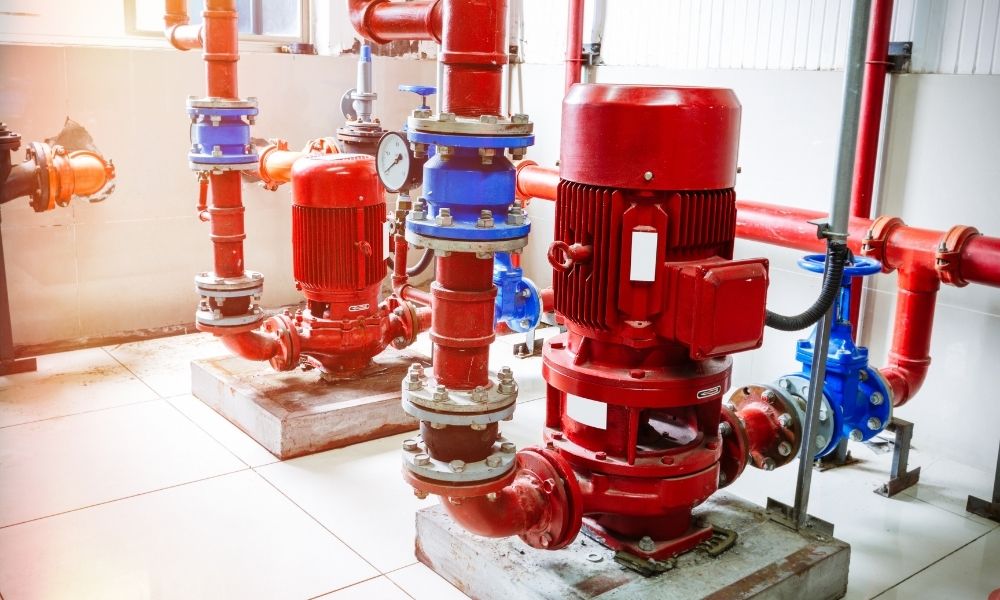What is protection from fire?
Fire protection is a set of practices and steps that are taken to lessen the effects of fires and keep people from getting hurt or losing things in a fire. There are two kinds of fire protection in buildings that help keep fire damage to a minimum: active fire protection and passive fire protection.
How Fire System Works?
Fire protection systems are important, and you should know how they work. Systems work in different ways, but they all have the same goal: to find a fire and keep the building, its people, and its valuables safe. A smoke alarm and a sprinkler are two common parts of a fire protection system. If a fire starts, smoke will set off the detector, which will turn on the sprinklers. The water stops the fire from getting bigger. Even though this works, automatic fire suppression systems that use clean agents are better when dealing with certain important equipment or special risks. These systems can find and put out fires without leaving anything behind.
Active Fire Protection: When a fire starts, an active fire protection system finds it and puts it out. Sprinkler systems and fire alarm systems are two types of active fire protection systems.
Passive Fire Protection: Passive fire protection is made up of things like fire doors, firewalls, and dampers that are built into a building and are meant to stop fires from spreading.
Buildings should have both active and passive ways to protect themselves from fires.
Types of Active Fire Protection Systems
There are many types of active fire protection systems that are installed in buildings to help protect people and property from fires.
- Fire sprinkler systems are a common type of fire protection system that uses water to put out fires. Sprinkler systems automatically turn on when they sense a fire and send water through the sprinkler head that is closest to the fire.
- Fire suppression systems: A fire suppression system is put in place in places where water damage could be very bad or where water wouldn’t put out a fire very well. To put out fires, these systems use things like gas, chemicals, or foam.
- Fire alarm systems tell people in a building that a fire is happening so that they can get out of the building safely. Someone in the building can manually pull the fire alarm, or it can go off automatically when a fire is found.
- Fire detection systems: These systems look for fires and turn on the fire sprinkler or suppression system when they find one. Some of the most common ways to find a fire are to look for smoke, flames, or heat.
Advantages of fire safety systems
Putting fire protection systems on your property has many benefits, such as:
- Save lives
- Keep your things safe.
- Keep downtime after a fire to a minimum
- Guard things that can’t be replaced.
- Insurance rates will go down
- Follow the new rules at the local, state, and national levels
- Responds to fires faster than the fire department.
- Spend less money over time.
How to Choose the Right Fire Safety System
How do you know what kind of fire protection system you need? The right fire protection system for your building will depend on the type of building you have, the specific risks it faces, as well as building codes and insurance rules. To figure out which system will work best for your application, it’s important to ask for help from a professional.
Several fire protection companies are available to help you figure out what kind of fire protection you need for your application, as well as design, install, and maintain your fire protection systems.




